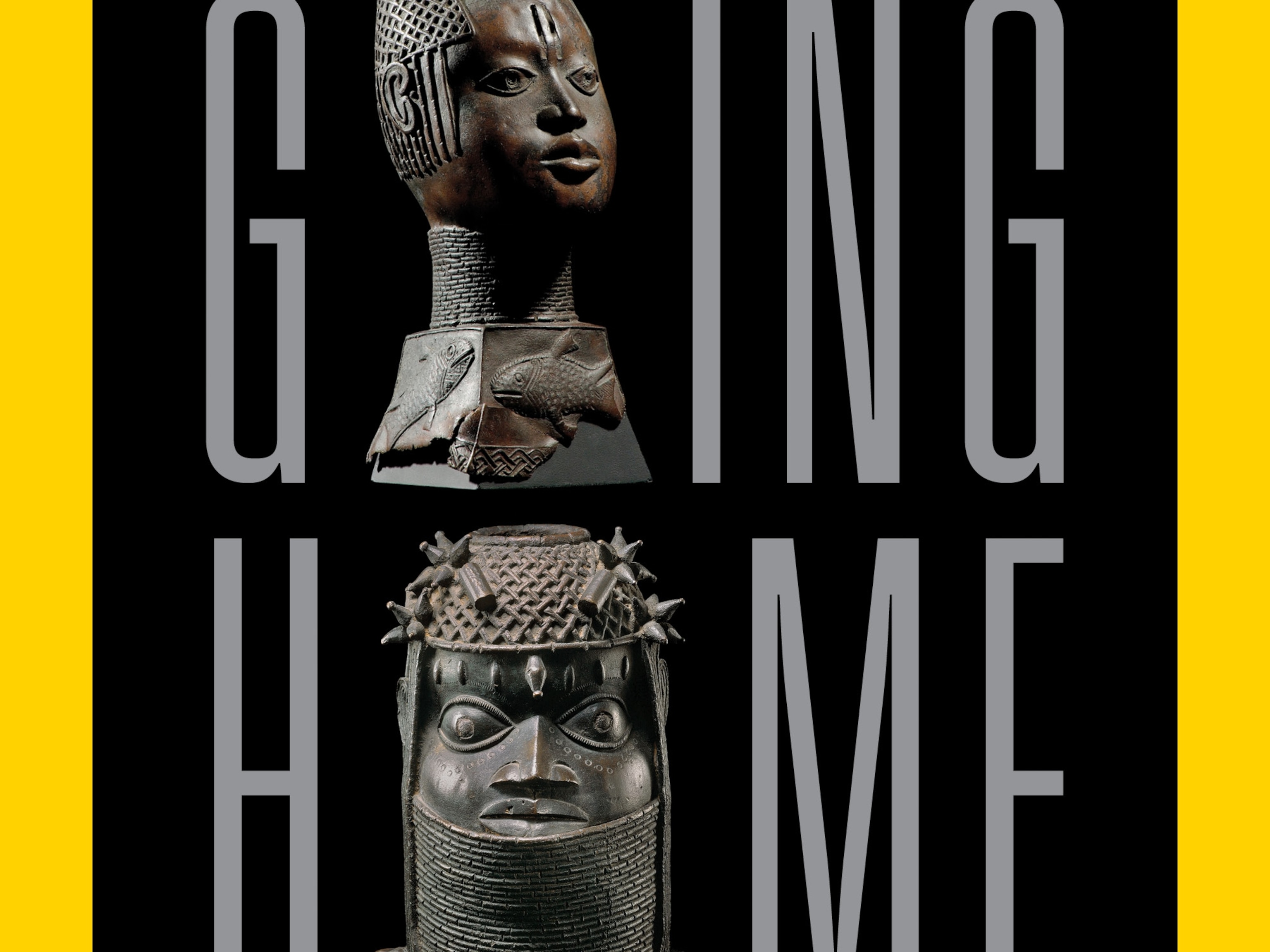
A Visit to Garry Winogrand’s Retrospective
Garry Winogrand’s 25-year retrospective, currently on display at the National Gallery of Art in Washington, D.C., includes Winogrand’s iconic images of everyday Americans—New Yorkers out on the street, lone figures in busy airports, and eerie scenes of western suburbia. But about one-third of the show comes from Winogrand’s vast stockpile of unpublished work. Winogrand, who died suddenly at age 56, left behind 2,500 rolls of film that had never been developed and 6,500 rolls of film that had been developed but never made into contact sheets. At 36 frames per roll, that’s well over a quarter of a million images that Winogrand made but never looked at.


Winogrand was a voracious shooter, always more interested in taking pictures than in editing them. Sometimes he waited to view the images intentionally, so that he could see them more objectively,
“If I was in a good mood when I was shooting one day, then developed the film right away, I might choose a picture because I remember how good I felt when I took it. You make better choices if you approach your contact sheets cold, separating the editing from the picture taking as much as possible.”


If separating the shoot from the edit makes for a better selection of pictures, putting together a retrospective decades after the unprocessed rolls were shot should make for a spectacular exhibit.
Does it?
Nearly.
In one image that was printed posthumously, a woman’s lifeless body lies in a Los Angeles street while a Porsche glides by. As he does in his best work, Winogrand poses questions without positing any answers. But not all of the images printed posthumously are so compelling. I found myself skimming past many of the photographs that were developed and printed after Winogrand’s death and wishing the curators had cut the show down by a few dozen prints. Still, I got so sucked into the 200 or so remaining images—vivid, visceral portrayals of America teetering between tremendous success and terrible collapse—that I’m already planning my second visit to the show.


The Garry Winogrand exhibit was curated by Leo Rubinfien and Sarah Greenough. It was organized by the National Gallery of Art in Washington, D.C., and the San Francisco Museum of Modern Art. The retrospective is on display now through June 8 at the National Gallery of Art. On June 27, the exhibit will open at The Metropolitan Museum of Art and run through September. It was previously shown at the San Francisco Museum of Modern Art.
Related Topics
You May Also Like
Go Further
Animals
- How can we protect grizzlies from their biggest threat—trains?How can we protect grizzlies from their biggest threat—trains?
- This ‘saber-toothed’ salmon wasn’t quite what we thoughtThis ‘saber-toothed’ salmon wasn’t quite what we thought
- Why this rhino-zebra friendship makes perfect senseWhy this rhino-zebra friendship makes perfect sense
- When did bioluminescence evolve? It’s older than we thought.When did bioluminescence evolve? It’s older than we thought.
- Soy, skim … spider. Are any of these technically milk?Soy, skim … spider. Are any of these technically milk?
Environment
- Are the Great Lakes the key to solving America’s emissions conundrum?Are the Great Lakes the key to solving America’s emissions conundrum?
- The world’s historic sites face climate change. Can Petra lead the way?The world’s historic sites face climate change. Can Petra lead the way?
- This pristine piece of the Amazon shows nature’s resilienceThis pristine piece of the Amazon shows nature’s resilience
- Listen to 30 years of climate change transformed into haunting musicListen to 30 years of climate change transformed into haunting music
History & Culture
- Meet the original members of the tortured poets departmentMeet the original members of the tortured poets department
- Séances at the White House? Why these first ladies turned to the occultSéances at the White House? Why these first ladies turned to the occult
- Gambling is everywhere now. When is that a problem?Gambling is everywhere now. When is that a problem?
- Beauty is pain—at least it was in 17th-century SpainBeauty is pain—at least it was in 17th-century Spain
Science
- Here's how astronomers found one of the rarest phenomenons in spaceHere's how astronomers found one of the rarest phenomenons in space
- Not an extrovert or introvert? There’s a word for that.Not an extrovert or introvert? There’s a word for that.
- NASA has a plan to clean up space junk—but is going green enough?NASA has a plan to clean up space junk—but is going green enough?
- Soy, skim … spider. Are any of these technically milk?Soy, skim … spider. Are any of these technically milk?
Travel
- Dina Macki on Omani cuisine and Zanzibari flavoursDina Macki on Omani cuisine and Zanzibari flavours
- How to see Mexico's Baja California beyond the beachesHow to see Mexico's Baja California beyond the beaches
- Could Mexico's Chepe Express be the ultimate slow rail adventure?Could Mexico's Chepe Express be the ultimate slow rail adventure?




